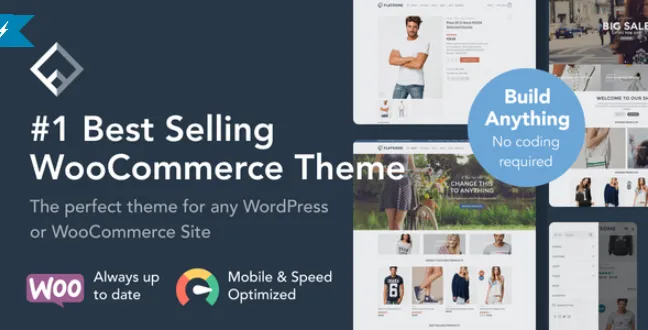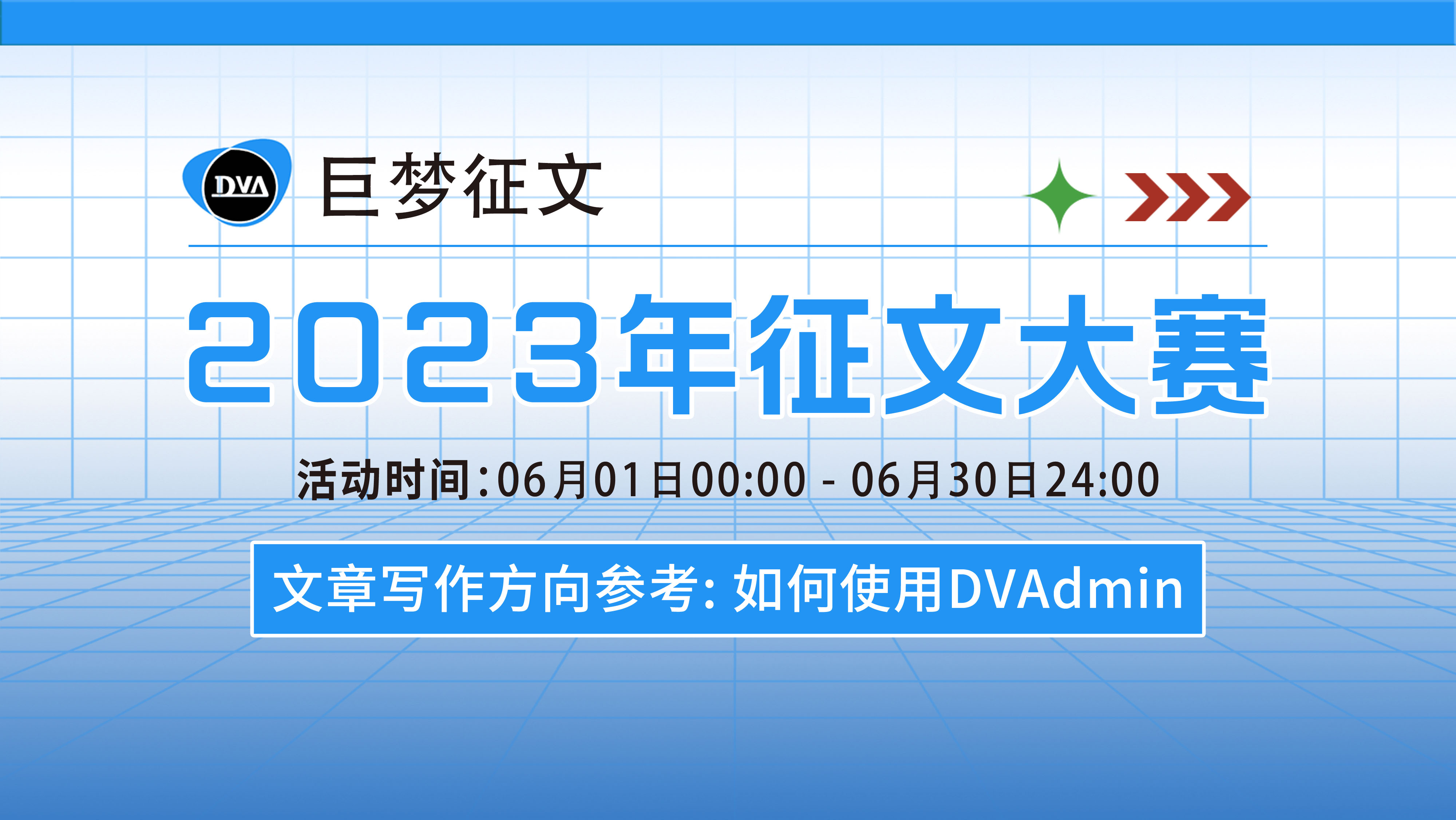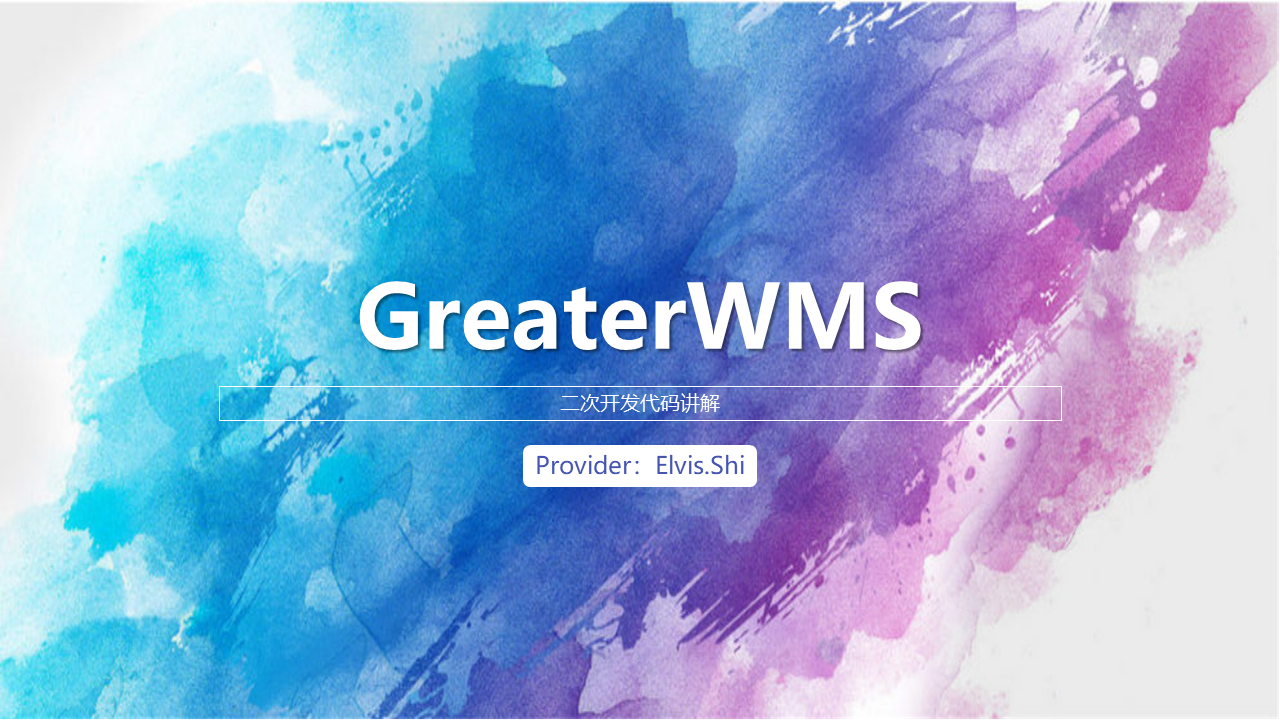Real-World Notes on UX, Speed, and Upsells (Minus the Hype)

Let’s be honest: most “all-in-one” WordPress themes look great in a demo and turn into a maze the moment real products and real deadlines show up. Flatsome — the popular multi-purpose WooCommerce theme — sticks around in agency toolkits for a simple reason: if you treat it like a system instead of a toy box, it ships. The page builder is opinionated enough to keep junior editors out of trouble, the shop templates are flexible without being fragile, and it behaves on mid-tier phones when you respect a few budgets. This guide captures what consistently works, what quietly bites, and how teams structure a store to survive peak season without turning the checkout into a scavenger hunt.
What this article is (and isn’t)
- It’s a field guide, not a spec. You’ll get patterns, guardrails, and copy you can paste.
- It’s not a “100 features you’ll love” tour. If something is risky in production, it’s called out plainly.
- It assumes you’re running WooCommerce, want to stay within theme conventions, and care about Core Web Vitals (LCP/CLS/INP) on mobile more than animated confetti.
The quick wins most teams miss
1) Decide tokens before touching a page.
One type scale, one spacing scale, a short palette (text, surface, border, accent, status). Lock those in the customizer and the UX Builder. Editors stop guessing; pages stop drifting.
2) Pick one hero pattern and stick to it.
Either a clean image + headline + CTA or a product carousel — but not both. The first screen should answer “What do you sell?” in five seconds without motion.
3) Reserve image ratios.
Card and gallery images need fixed aspect ratios to keep CLS ≈ 0.00. No ratio = layout jumps = lower conversions.
4) Fewer fonts, fewer weights.
Two families, two weights. Preload only the primary. The fastest typography is the one you barely notice.
5) Kill duplicate sliders.
If a page has more than one animated carousel, you’re probably styling anxiety, not information.
The storefront skeleton: a layout that scales
Header
- Left: logo (tap size ≈ 48px).
- Middle: search (auto-suggest only if it’s instant).
- Right: account, wishlist (optional), cart.
Use a sticky header, but keep it thin and calm; the cart badge shouldn’t bounce.
Home
- Above the fold: one promise and one CTA.
- Below: three slices that convert: featured collection, social proof (3 succinct reviews), and a “New this week” grid.
- Footer CTA: a single newsletter block with a privacy line. No wall of links.
Category
- Breadcrumbs on top.
- Filters on the left or a sticky bar on mobile (hide the noise, not the control).
- Cards with clear prices, quick-add, and variant cues (color dots, not just text).
Product (PDP)
- Title + price + primary image + primary CTA above the fold.
- Micro-trust strip: shipping window, return policy, payment icons.
- Attribute selector with instant price updates.
- FAQ and care/compatibility below the fold.
- Cross-sell that feels helpful (e.g., “Works with…”), not random.
Cart/Checkout
- Inline validation; no page bounces.
- Show totals early (shipping estimate before details).
- Express pay at the top for mobile; guest checkout first, account creation after success.
Why Flatsome stays in the toolbox
- Shippable defaults. Out of the box, it can look professional with minimal fiddling.
- A builder that nudges restraint. UX Builder is capable but not a blank canvas; you get guardrails.
- WooCommerce-aware. The product and checkout patterns are sensible; you won’t spend a sprint un-breaking templates.
- Performance-friendly posture. If you respect the budgets above, the theme won’t be the bottleneck.
And yes, keeping plugin and theme versions aligned across environments matters. Teams that prefer predictable updates often centralize downloads via gplpal so staging and production don’t drift at the worst possible time.
A final word (and a small dare)
A good storefront is calm. No mystery motion, no hidden totals, no 14-option buttons. Decide your tokens, freeze your patterns, and let Flatsome be the scaffolding it’s meant to be. If the first five shoppers can go from home → category → PDP → checkout without a single “wait, what?”, you’re already ahead of most stores on the internet.






